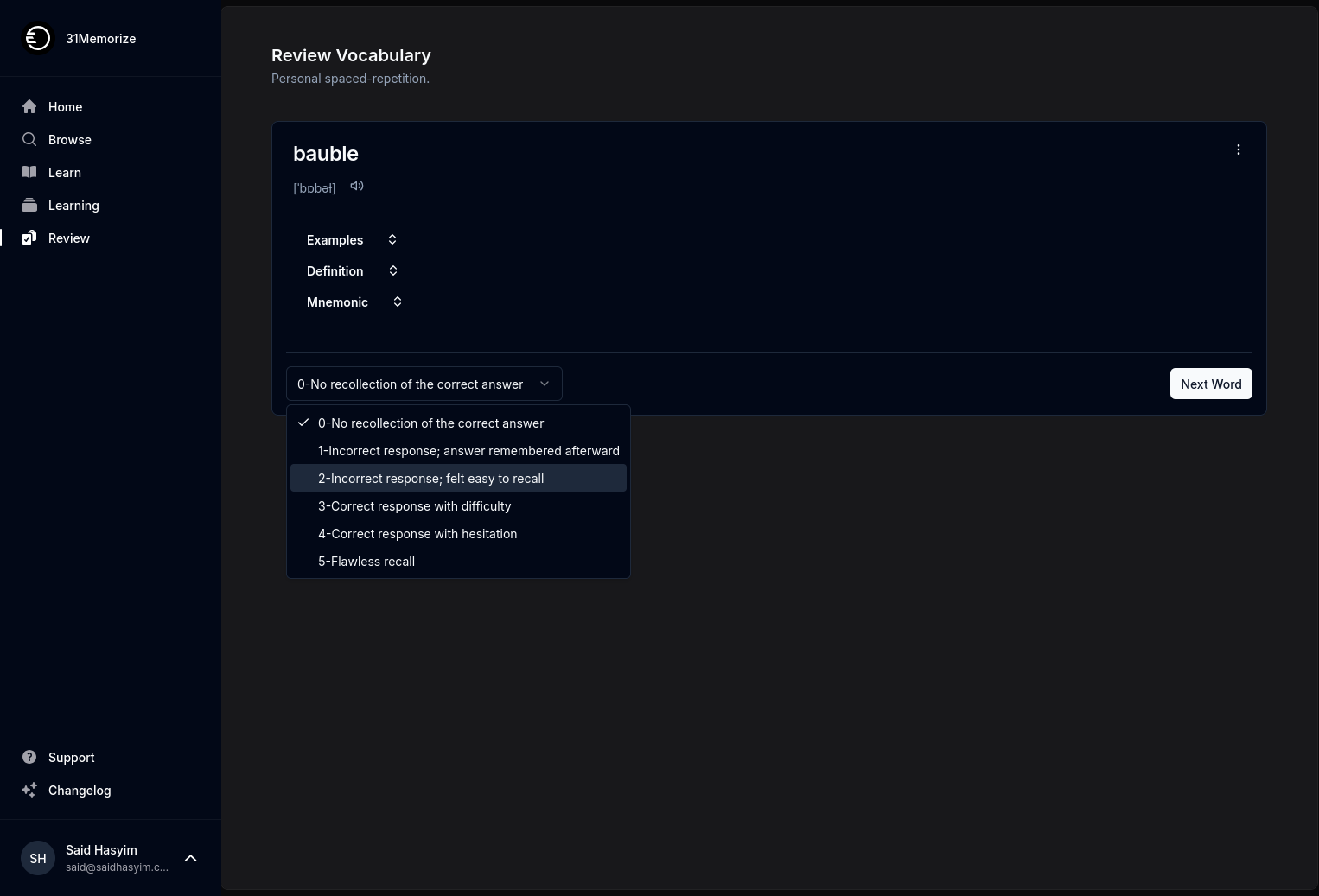How to Analyze Ratings for Future Writing Projects
In the dynamic world of writing, understanding reader preferences can be the key to your future success. Whether you're an aspiring novelist, an experienced blogger, or a freelance copywriter, knowing how to analyze ratings and feedback can help you hone your craft, connect with your audience, and create compelling content. In this post, we'll explore effective strategies for analyzing ratings and leveraging that information to fuel your future writing projects.
Understanding the Importance of Ratings
Ratings and reviews serve as valuable feedback mechanisms. They can provide insight into:
- Reader Preferences: Understanding what readers like or dislike about your work can guide you in refining your writing style and choices.
- Themes and Subjects: Noticing patterns in the themes that resonate with readers can inform your future topics.
- Engagement Levels: Analyzing ratings can reveal the levels of engagement and emotional responses your work evokes.
- Market Trends: By keeping an eye on rating patterns within specific genres or formats, you can identify emerging trends.
Gathering Data
To begin your analysis, you’ll first need to gather data. Here are some methods to collect valuable feedback:
1. Leverage Book and Writing Platforms
If you have published work, utilize platforms like Goodreads, Amazon, or literary blogs where readers rate and review books. Look for:
- Average ratings
- Distribution of ratings (how many 1-star, 3-star, and 5-star ratings)
- Key phrases in written reviews
2. Use Social Media and Reader Surveys
Social media platforms can also yield informal feedback through posts, comments, or polls. Consider creating surveys using tools like Google Forms or SurveyMonkey to solicit targeted feedback from your audience.
3. Analyze Competitor Works
Take a look at similar works within your genre. Analyze their ratings and reviews to discern what identifying features readers appreciate or critique.
4. Monitor Engagement Metrics
If you’re blogging or producing other digital content, utilize analytics tools to monitor engagement metrics such as:
- Page views
- Time spent on pages
- Bounce rates
- Comments and shares
5. Collect Personal Feedback
Don't hesitate to reach out to beta readers or writing groups. Personal feedback can provide depth that ratings alone may not capture.
Analyzing the Data
Once you've gathered your data, it’s time to analyze it critically. Here are some steps to consider:
1. Categorize Feedback
Organizing feedback into categories can help clarify trends. Consider creating categories such as:
- Themes (e.g., romance, adventure)
- Writing style (e.g., descriptive, concise)
- Character development
- Pacing and structure
2. Identify Patterns
After categorizing feedback, look for patterns. Are there particular elements that consistently receive praise or criticism? For example, do readers rave about your character depth but express dissatisfaction with pacing?
3. Quantify Ratings
Calculating averages, medians, and score distributions can help give a numeric perspective to your analysis. Graphical representations can also aid visual comprehension:
- Bar graphs can depict the distribution of star ratings.
- Pie charts can illustrate the proportion of positive vs. negative feedback.
4. Evaluate Reviewer Credibility
Not all feedback carries the same weight. Consider factors such as the reviewer’s track record, the number of reviews they've written, and their familiarity with your genre. Prioritize the feedback from those who share similar tastes or demographic qualities as your target audience.
5. Use Literary Metrics
If applicable, applying literary metrics like the “Hedgehog Concept” or “Killing Your Darlings” may help you scrutinize your work more deeply. Ask yourself:
- What is the core idea or theme of your writing?
- What parts of your work are you attached to but might need to be cut for clarity or effectiveness?
Applying Insights to Future Projects
Once you have extracted actionable insights from your analysis, it’s time to put them to use in your future writing projects.
1. Define Your Target Audience
With an understanding of what resonates with readers, you can better define and refine your target audience. Who are they? What do they value? Crafting an audience persona can serve as a guide throughout your developmental process.
2. Experiment with Styles and Themes
Using your analysis as a foundation, feel free to experiment with different styles or themes based on audience reception. For example, if readers love your humor but found your mystery thread weak, consider intertwining your comedic style into more complex narratives.
3. Build on Strengths and Address Weaknesses
Focus on building your strengths while actively addressing any weaknesses pointed out in reviews. This purposeful refinement will make your writing more engaging and ensure that your future projects continue to evolve.
4. Test New Ideas with Small Projects
Before committing to a large piece, consider testing your new ideas with shorter content. Whether it's a short story, blog post, or article, these smaller projects can help gauge audience reaction without requiring as much time or resources.
5. Stay Updated with Market Trends
Keep an ongoing eye on shifts in reader preferences and market trends. Attend workshops, engage with writing communities, and network with readers and authors to stay in touch with what’s currently resonating in the literary world.
Conclusion
Analyzing ratings for future writing projects is a powerful tool that can shape your writing journey. By interpreting feedback, identifying patterns, and making informed adjustments, you will not only improve your craft but also forge a deeper connection with your audience. Remember, the process of writing is iterative—each project builds upon the last, honing your skills and expanding your reach. Embrace the journey, stay receptive to feedback, and let it illuminate your path toward becoming a more impactful writer. Happy writing!
